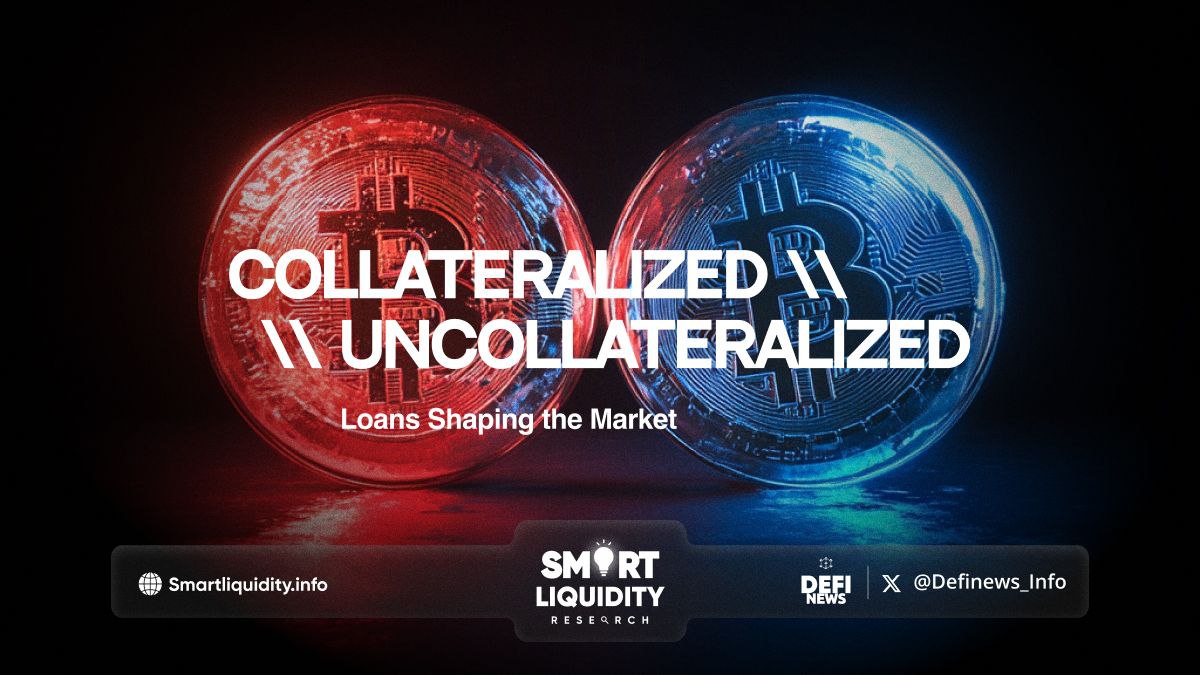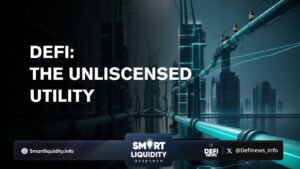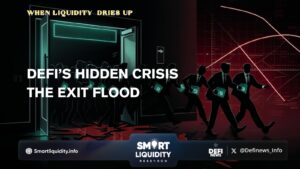Collateralized vs. Uncollateralized Loans: Shaping the DeFi Market


Collateralized vs. Uncollateralized Loans: Shaping the DeFi Market! In the fast-evolving world of decentralized finance (DeFi), the role of collateralized and uncollateralized loans is becoming increasingly significant in shaping market dynamics.
Both types of loans present unique opportunities and challenges for users, creating a complex landscape where capital efficiency, risk management, and market innovation intersect.
Collateralized Loans: Security and Stability
Collateralized loans, also known as secured loans, are fundamental to the DeFi ecosystem. These loans require borrowers to pledge an asset as collateral, ensuring that lenders are protected against default. In DeFi, assets such as Bitcoin (BTC), Ethereum (ETH), or stablecoins are commonly used as collateral. The borrowed amount is typically a fraction of the collateral value, minimizing risk for the lender while allowing the borrower to access liquidity without selling their assets.
Advantages of Collateralized Loans:
- Lower Interest Rates: Due to the lower risk profile, collateralized loans often come with lower interest rates compared to uncollateralized loans.
- Access to Liquidity: Borrowers can unlock the liquidity of their assets without having to sell them, enabling them to take advantage of market opportunities or meet personal needs
- Lower Risk for Lenders: The presence of collateral reduces the risk of loss, making it an attractive option for lenders.
However, the requirement for over-collateralization—often exceeding 100% of the loan amount—can limit access for users who do not hold significant assets.
Uncollateralized Loans: A Step Toward Inclusivity
Uncollateralized loans, or unsecured loans, are a growing trend in DeFi, aiming to democratize access to capital. Unlike their collateralized counterparts, these loans do not require borrowers to lock up any assets. Instead, they rely on the borrower’s reputation, creditworthiness, or social trust mechanisms.
Uncollateralized loans can be particularly beneficial for users who may not have substantial holdings in crypto assets but still require access to liquidity. Flash loans, a popular form of uncollateralized lending in DeFi, allow users to borrow large amounts without collateral, provided that the loan is repaid within the same transaction.
Advantages of Uncollateralized Loans:
- Fostering Innovation: Uncollateralized loans open the door to new financial products and services that go beyond traditional lending models.
- Instant Liquidity: Flash loans offer immediate liquidity, enabling traders to execute arbitrage or
- Inclusivity: More users can access uncollateralized loans, regardless of their asset holdings.
However, uncollateralized loans carry higher risks for lenders, which often translates into higher interest rates and the need for more stringent risk assessment mechanisms.
The Impact on the DeFi Market
Both collateralized and uncollateralized loans are driving significant growth and innovation in the DeFi space. Collateralized loans provide security and stability, making them a reliable choice for conservative investors and those looking to preserve their assets. On the other hand, uncollateralized loans introduce greater flexibility and inclusivity, attracting a broader range of users and fostering new forms of financial experimentation.
As the DeFi market matures, we are likely to see further innovations in both types of lending. Hybrid models that combine elements of both collateralized and uncollateralized loans may emerge, offering tailored solutions for users with varying risk appetites and financial needs.
Conclusion
The ongoing evolution of collateralized and uncollateralized loans is shaping the future of decentralized finance. Both forms of lending offer unique advantages and trade-offs, with collateralized loans providing security and uncollateralized loans offering inclusivity and innovation. As DeFi continues to grow, these lending models will play a pivotal role in determining the direction and success of the market.




